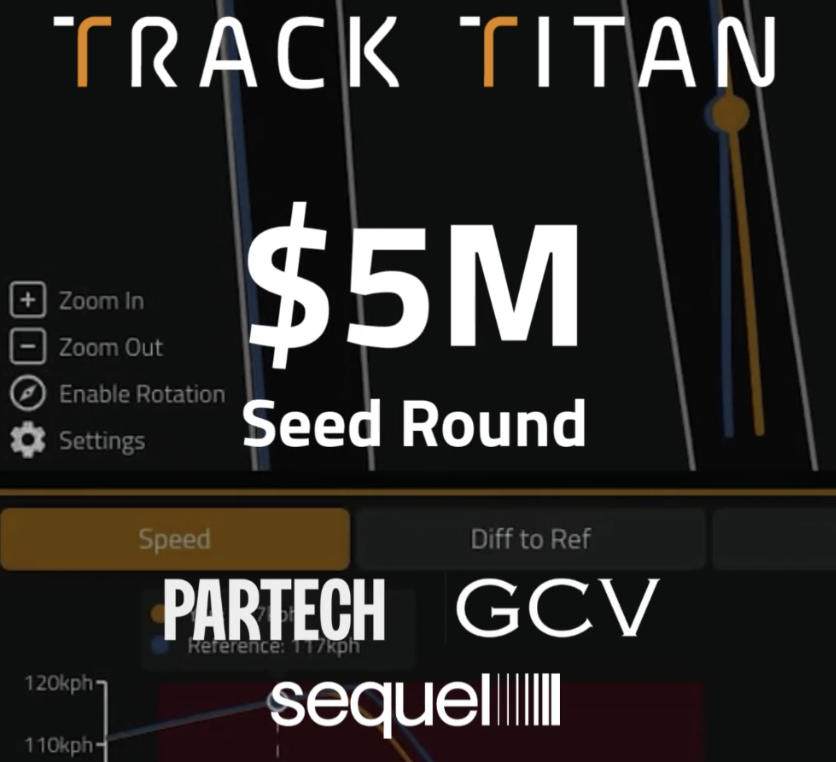Silverstone Track Guide
Silverstone Circuit, nestled in the heart of England, is a legendary track that has hosted some of the most thrilling races in motorsport history. Its combination of high-speed straights, challenging corners, and technical sections make it a favourite among drivers and fans alike. In this comprehensive circuit guide, we'll delve into the characteristics of Silverstone, explore how different cars react to its challenges, and provide valuable tips for mastering this iconic circuit.
Characteristics of Silverstone:
Silverstone Circuit is renowned for its fast and flowing layout, offering a unique blend of high-speed corners and technical sections. The track spans 5.891 kilometers (3.660 miles) and consists of 18 corners, including iconic turns such as Copse, Maggots, and Becketts.
One of the defining features of Silverstone is its long straights, such as the Hangar Straight and the Wellington Straight, which allow cars to reach blistering speeds. These straights provide crucial overtaking opportunities and test the engine power and aerodynamic efficiency of the vehicles.
In addition to the straights, Silverstone boasts a variety of challenging corners that demand precision and skill from drivers. From the fast sweeps of Maggots and Becketts to the tight hairpin at Vale, each corner presents its own set of challenges, testing the balance, grip, and stability of the cars.
How Different Cars React to Silverstone:
Different types of cars react differently to the demands of Silverstone Circuit, highlighting the importance of setup and driving style. Formula 1 cars, with their high downforce and advanced aerodynamics, excel in the fast corners of Silverstone, allowing drivers to carry immense speed through turns such as Copse and Abbey.
On the other hand, GT cars may struggle slightly in the high-speed sections but can make up time in the slower, more technical corners. These cars rely more on mechanical grip and braking performance, requiring precise throttle control and late braking to navigate the circuit efficiently.
Endurance prototypes, with their combination of high downforce and straight-line speed, find Silverstone to be a balanced challenge, requiring a blend of high-speed stability and agility through the twisty sections.
General Tips for Driving Silverstone:
Master the High-Speed Corners: Focus on maintaining a smooth and steady steering input through fast corners like Maggots and Becketts. Carry as much speed as possible while staying within the limits of grip.
Nail the Braking Zones: Practise your braking points and trail braking technique to maximise deceleration without compromising corner entry speed. The braking zones at Silverstone are crucial for setting up overtaking opportunities.
Optimise Your Line: Find the optimal racing line through each corner, taking into account the camber and surface changes of the track. Experiment with different lines to find the fastest route through the circuit.
Manage Tire Wear: Silverstone can be demanding on tires, particularly the front-left due to the high-speed corners. Pay attention to tire temperatures and degradation, adjusting your driving style and setup accordingly.
Stay Consistent: Focus on maintaining a consistent lap time by minimising mistakes and keeping a steady pace throughout the race. Silverstone rewards smooth and precise driving, so avoid aggressive inputs that could unsettle the car.
Silverstone Circuit stands as a true test of skill and bravery for drivers of all levels. Its combination of high-speed straights and challenging corners makes it a favourite among motorsport enthusiasts worldwide. By understanding the characteristics of the circuit, adapting to the nuances of different cars, and following these general tips, drivers can aspire to master this iconic track and experience the thrill of conquering Silverstone's legendary corners.




.png)





















